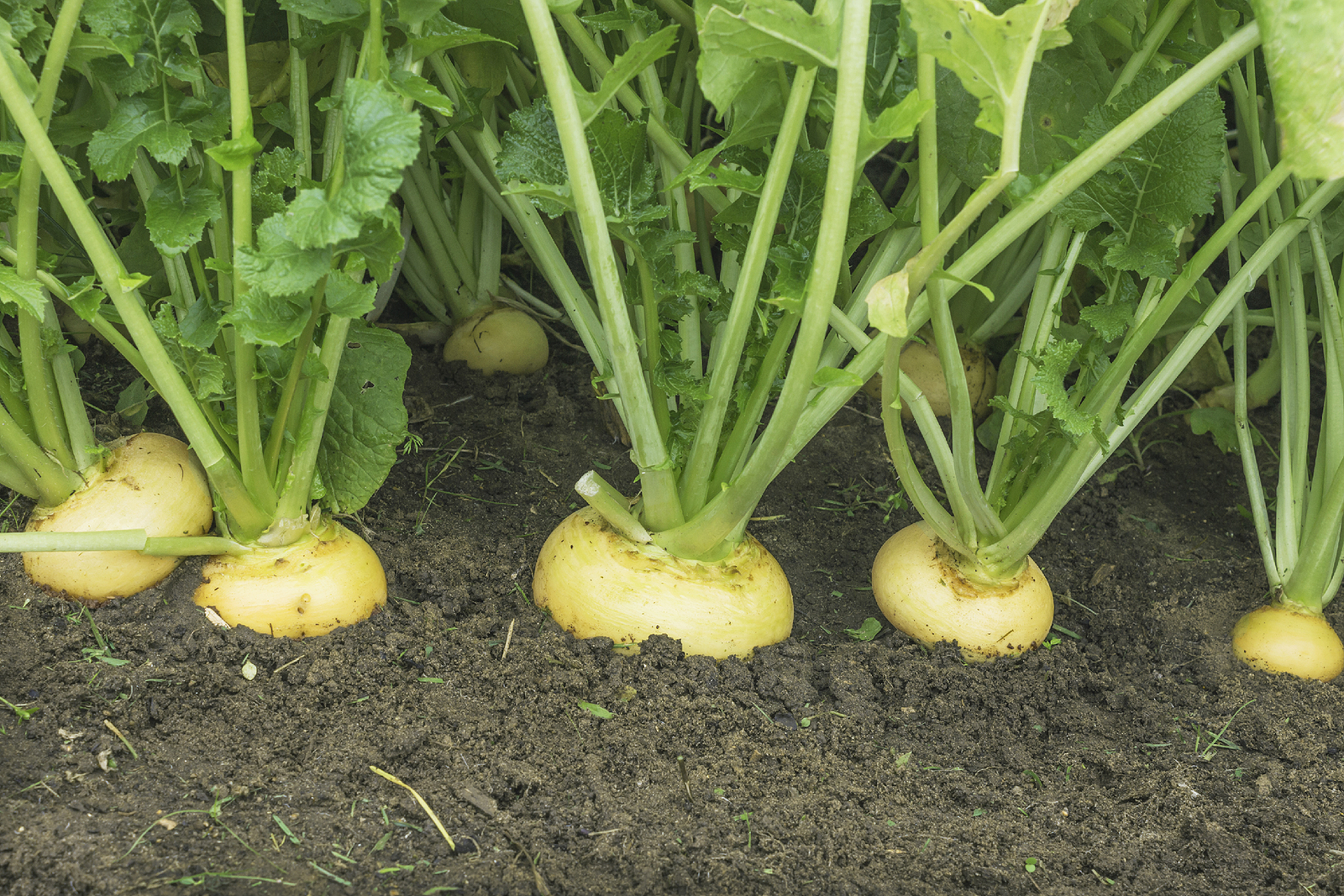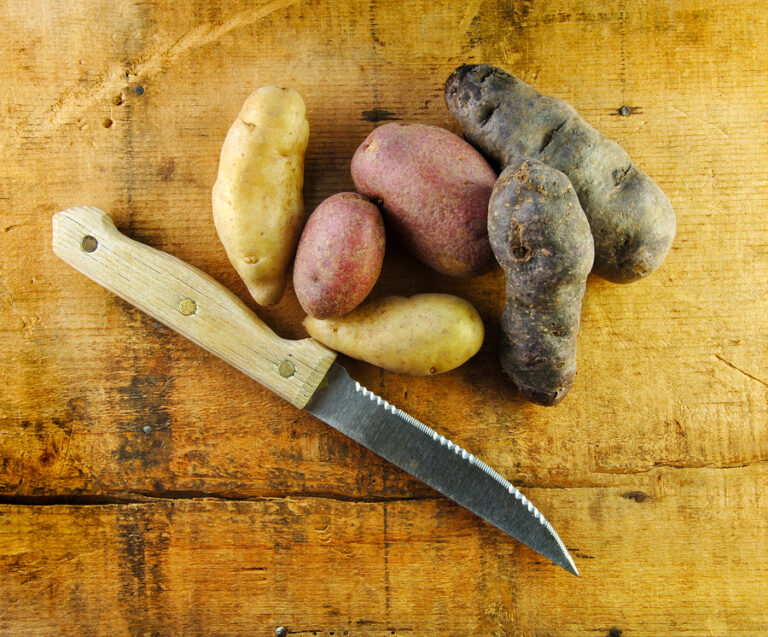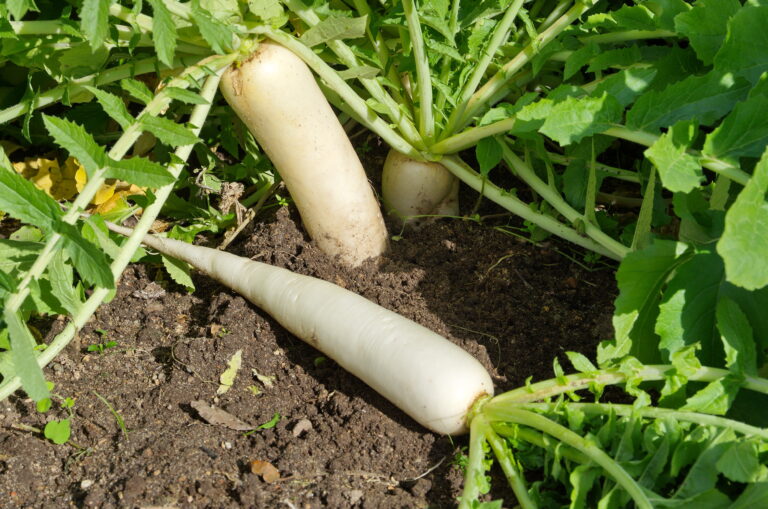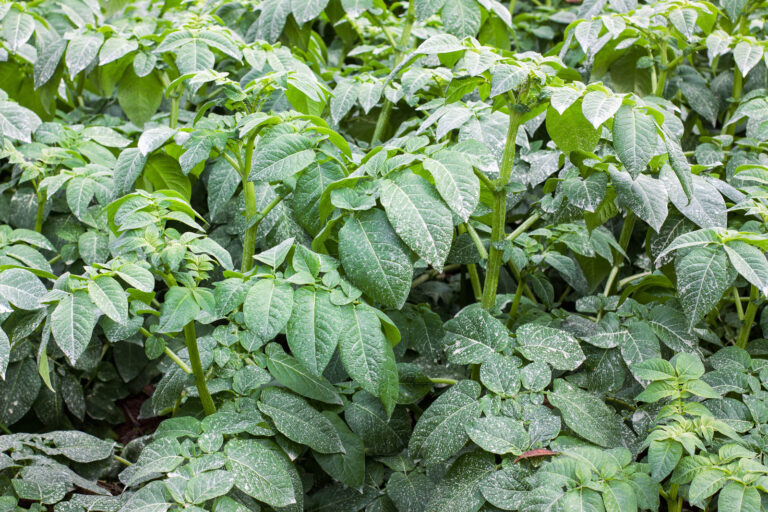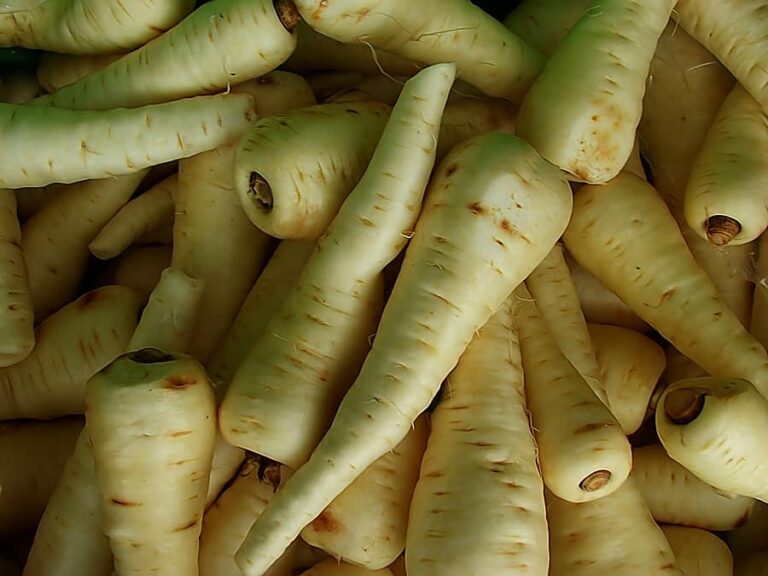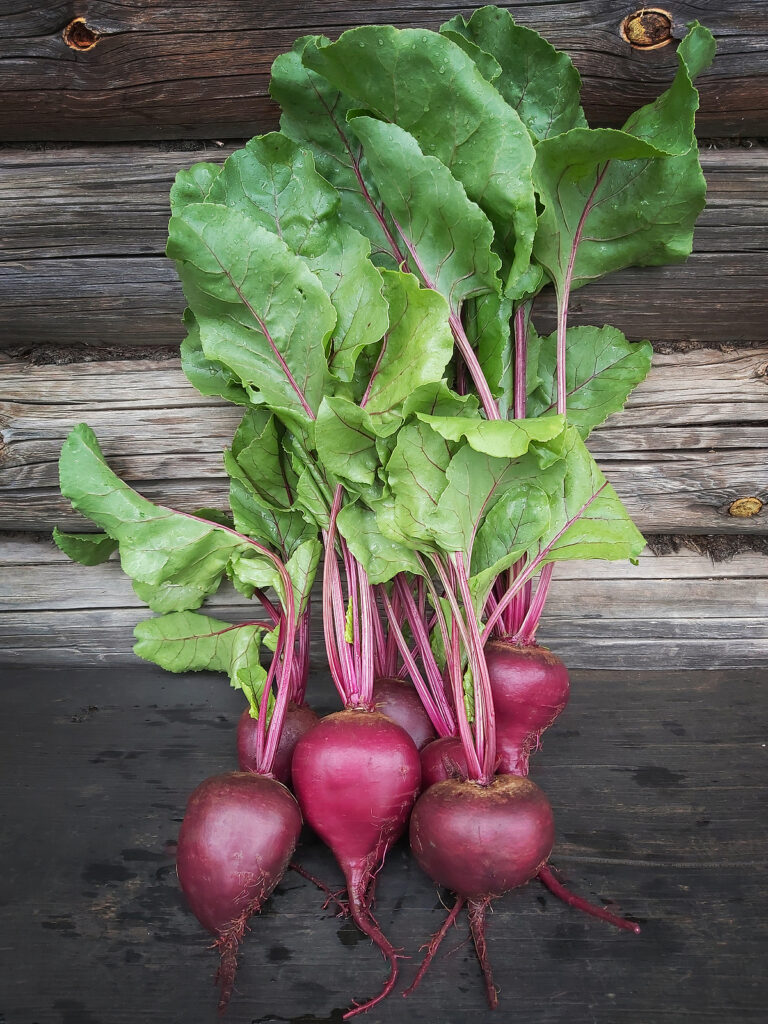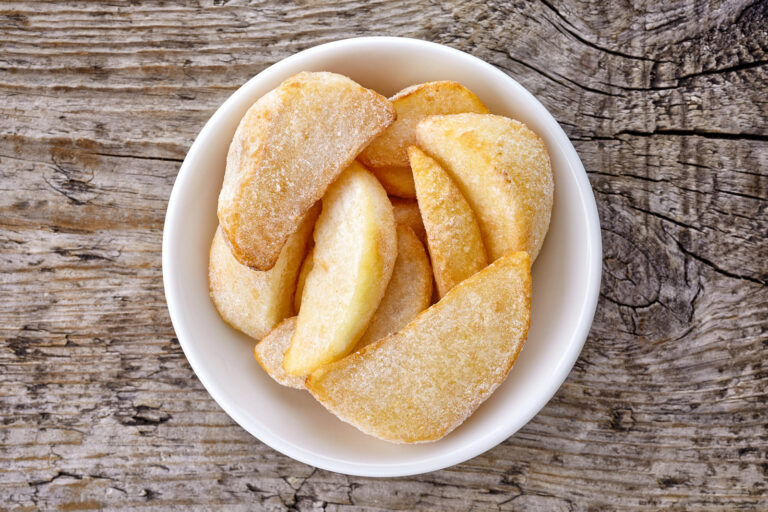How to Space and Thin Turnips for Full Roots
Proper spacing and thinning are essential steps for growing large, healthy turnip roots. Overcrowding leads to small, misshapen, and woody roots due to competition for nutrients, water, and light. Thinning helps each plant develop fully by giving it enough room to grow.
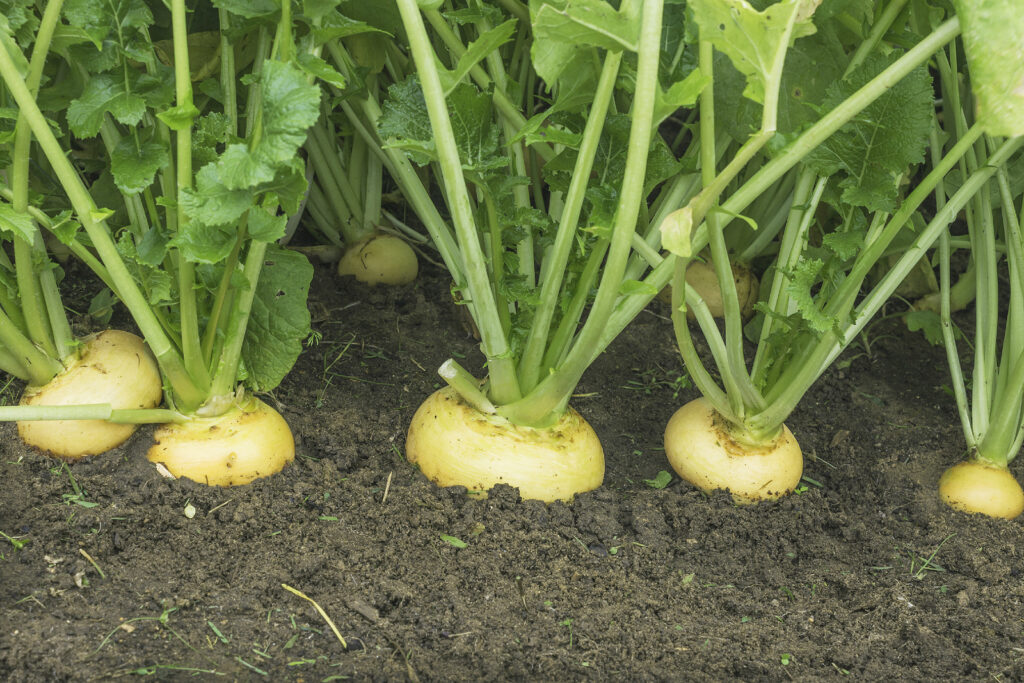
Recommended Spacing for Turnips
- Sowing: Plant seeds about ½ inch deep, spaced 2–3 inches apart.
- Thinning: Once seedlings reach 2 inches tall, thin to:
- 4 inches apart for small turnip varieties
- 6 inches apart for larger varieties or when growing for storage
When to Thin Turnips
Thin seedlings about 2–3 weeks after germination, when they have developed their first true leaves. This timing reduces root disturbance and maximizes growth potential.
How to Thin Properly
- Gently pull or snip weaker seedlings at soil level to avoid disturbing roots of remaining plants.
- Use the thinned seedlings in salads or stir-fries to minimize waste.
- Water lightly after thinning to help remaining plants recover.
My Experience
Years of gardening have shown me that consistent thinning, especially early in growth, directly improves root size and flavor, making thinning a must-do step.
Turnip Spacing and Thinning Quick-Reference Chart
| Variety Size | Initial Seed Spacing | Thinned Plant Spacing | When to Thin |
|---|---|---|---|
| Small Turnips | 2–3 inches | 4 inches | When seedlings reach 2 inches tall (2–3 weeks after germination) |
| Medium Turnips | 2–3 inches | 5 inches | When seedlings reach 2 inches tall (2–3 weeks after germination) |
| Large Turnips | 2–3 inches | 6 inches | When seedlings reach 2 inches tall (2–3 weeks after germination) |
Tips for Best Results:
- Thin gently at soil level to avoid disturbing roots.
- Use thinned seedlings in salads or cooking.
- Water after thinning to reduce transplant shock and promote growth.
Turnip Growing Hub
🥗 Start here: The Ultimate Turnip Growing Guide: From Seed to Harvest
🌱 Planting & Timing
- When to Plant Turnips for Spring, Fall, and Winter Harvests
– Answers “when do I plant turnips?” with zone-based timing. - Turnip Seed Starting Tips
- Succession Planting Turnips for a Continuous Harvest
– Explains timing and spacing strategies to keep the harvest going. - How to Grow Turnips in Containers and Raised Beds
– Great for small-space and urban gardeners. Include container size and spacing details. - How to Space and Thin Turnips for Full Roots
– Many gardeners fail to thin properly. This solves a common issue.
🌿 Care & Maintenance
- How Much Water Do Turnips Need? A Watering Guide
– Helps answer “why are my turnips woody or bitter?” - How to Fertilize Turnips for Tender Roots and Tasty Greens
– A common struggle: too much leaf growth, small roots. - Best Companion Plants for Turnips (And What to Avoid)
– Evergreen content with strong search and Pinterest appeal. - How to Grow Turnips in Hot Weather or Warm Climates
– Address bolting, bitterness, and timing challenges in Zones 8–10.
🐛 Pests, Diseases & Troubleshooting
–Flea beetles, aphids, damping off, white rust Includes IPM methods
- Why Are My Turnips All Tops and No Roots? What Went Wrong
– Diagnostic article that answers a frequently asked gardener problem. - How to Prevent Woody Turnips and Improve Texture and Flavor
– Addresses late harvest, heat, and drought issues.
🧺 Harvest, Storage & Kitchen Use
- How and When to Harvest Turnips for Best Texture
– Cover baby turnips, mature roots, and leafy greens. - How to Harvest and Store Turnips
– Answers “how long do turnips last?” and “can you store turnips in sand?” - Freezing and Preserving Turnips: A Beginner’s Guide
– Popular in late fall/early winter, great for preserving guides. - Eight Ways to Cook and Serve Turnips: Roots, Greens, and Recipe Ideas
– Kitchen-friendly post that links to growing and harvesting. - How to Use Turnip Greens in the Kitchen
– Zero-waste kitchen content that connects gardeners and cooks.
🌾 Varieties & Seed Saving
- Best Turnip Varieties for Flavor, Size, and Growing Time
– Compare fast-maturing, heirloom, and dual-purpose types. - Turnip Varieties for Mild Climates and Short Seasons
– Useful for Zones 8–10 and gardeners with short falls.

